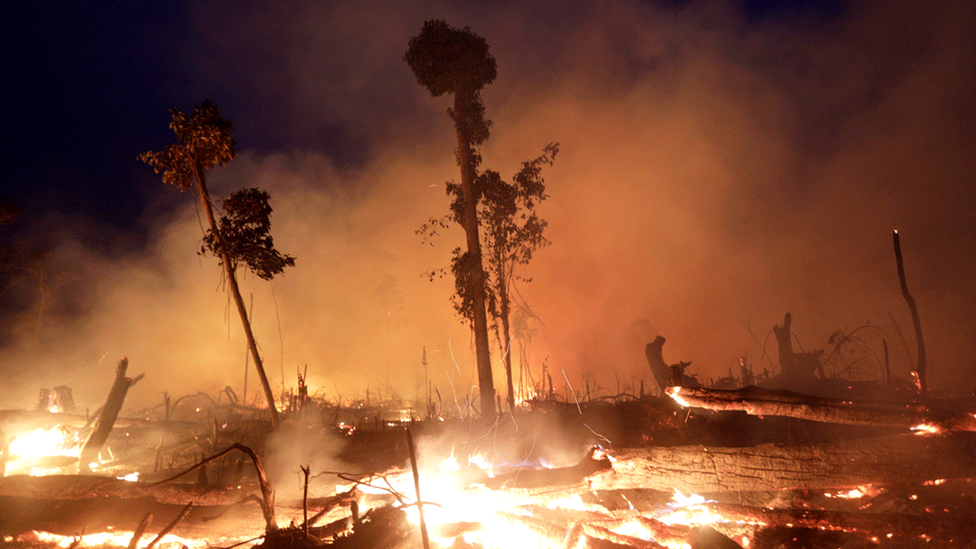Tropical forest success story under threat in Guatemala
- Published
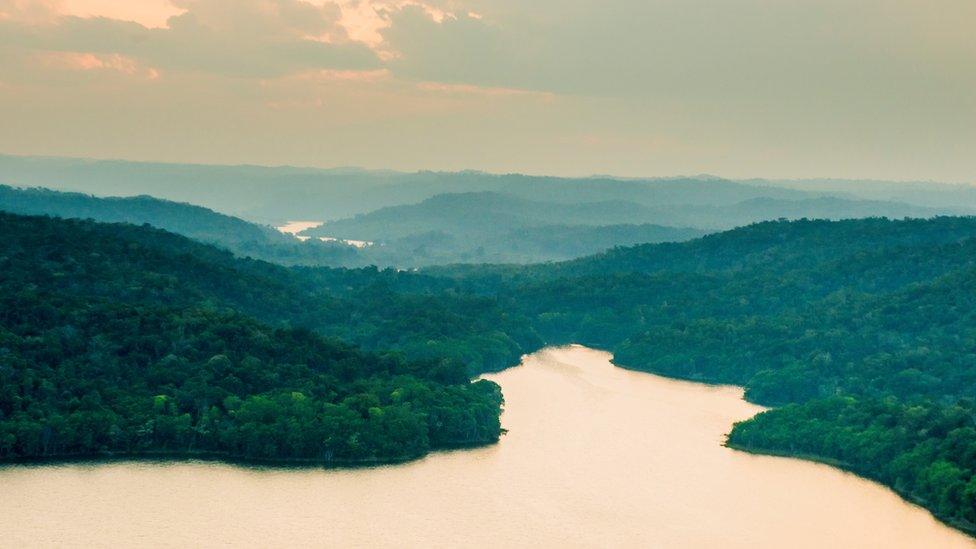
The Maya Biosphere reserve makes up 20% of Guatemala
While much of the media spotlight has focused on the fires which have ravaged the Brazilian rainforest in recent weeks, a fight has been unfolding thousands of miles away to save a protected reserve in the largest area of tropical forest remaining north of the Amazon.
The Maya Biosphere Reserve in Guatemala is a deforestation hotspot, but there is a large swathe where the rate has been near zero since 2000.
But now the arrangement that has led to this success story is under threat, as Lucy Sherriff reports.
"It's a tremendous example of how to manage a forest," says Alejandro Santos of a pioneering government scheme that allows local communities to manage parts of the Maya Biosphere Reserve.
Mr Santos is an environmental economist working with local residents. He says protecting the biosphere - which covers one fifth of Guatemala - is key not only because it is home to a large variety of wildlife, but also because of its carbon capture capabilities.
The scheme, introduced in 1994, granted 12 communities concessions to manage 20% of the biosphere - amounting to just under one million acres.
In the areas managed by the communities, the deforestation rate has been 0.4% in recent years, a study by the international NGO Rainforest Alliance suggests, external.
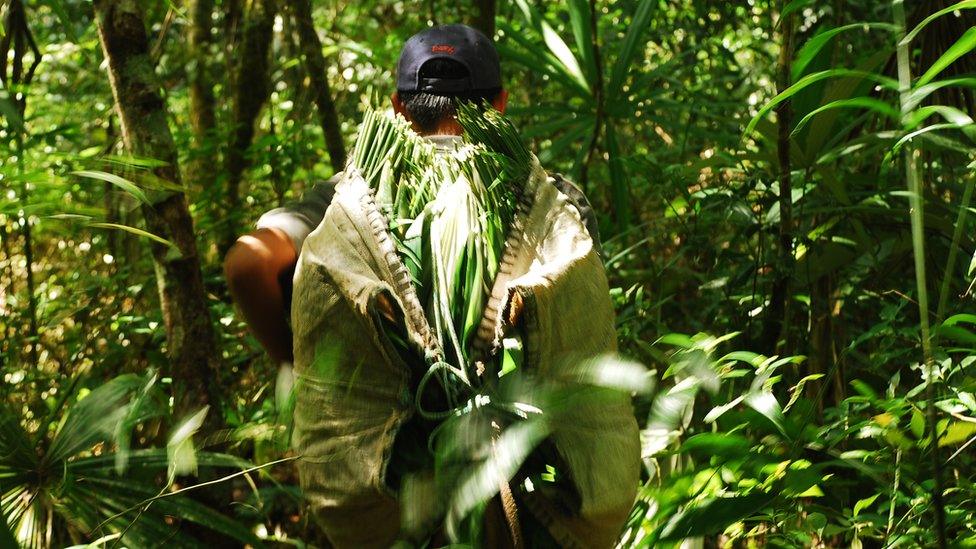
Some 20% of the biosphere is managed by local communities
In contrast, some of the surrounding areas have some of the highest deforestation rates in the Americas.
Laguna del Tigre national park is one such area. Protected under government law but not managed by the local communities, it has lost 30% of its tree cover between 2001 and 2018, according to satellite data.
Yet in Carmelita, which is part of the scheme, people are allowed to make a living from the forest, as long as they do so sustainably.
"The model works," says Carlos Crasborn, a resident in Carmelita and the leader of the Association of Forest Communities of Petén, the body that oversees the concessions and liaises with the government.
He says the difference between the deforestation rate in Laguna del Tigre and his community shows that letting local communities manage the forest is the way forward.
"Our struggle has always been to prove ourselves to the government, and we have," he says.
Future uncertain
Yet despite its success, the model's future is in jeopardy.
The concessions, each of which has its own expiration date, are due for renewal over the next five years. The soonest expires in 2020 and there is no guarantee the Guatemalan government will renew it.
A number of industries, including the cement, telecoms and tourism trades, have their eyes set on the reserve with its rich resources and land ripe for development.
If the Guatemalan government decides not to renew Carmelita's concession, the community will have to leave the forest.
"We have been here for 120 years and it doesn't feel fair we might have to leave," says Mr Crasborn.
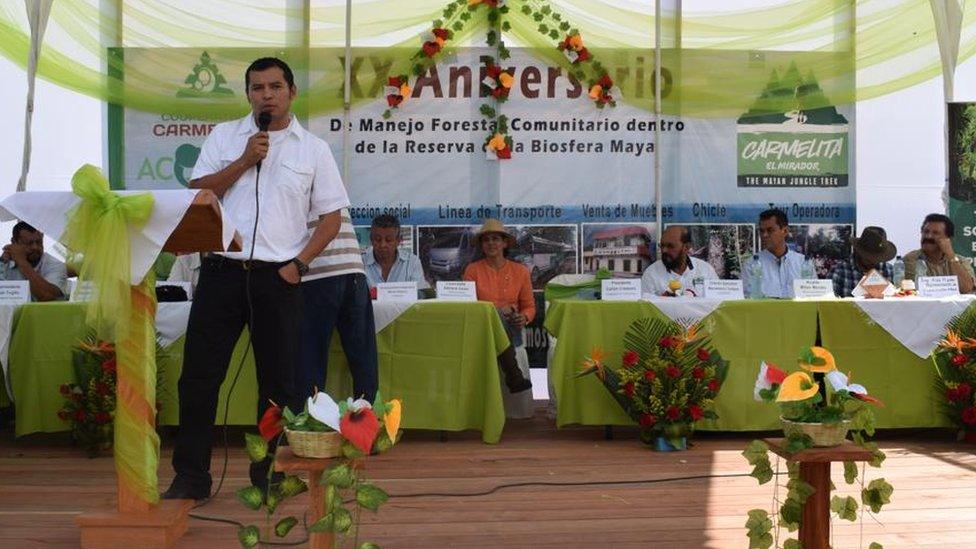
Carlos Crasborn is worried his community's concession will not be renewed
The income his community makes from the forest amounts to $675,000 (£540,000) annually.
Communities can make money through contracts with government agencies and NGOs to preserve the forest, including a partnership with the UN's GuateCarbon project, which pays local people for forest services.
Income sources include forest patrolling, fire prevention, harvest of timber and non-timber goods, such as xate palm tree leaves, chicle - a type of natural, organic chewing gum - and ramón nuts.

Harvesting chicle is one of the activities the Carmelita community carries out in the forest
More than 15,000 people live in the communities managing the reserve. Among them, levels of child malnutrition are lower, school attendance rates are higher and fewer people migrate to the cities.
Little faith
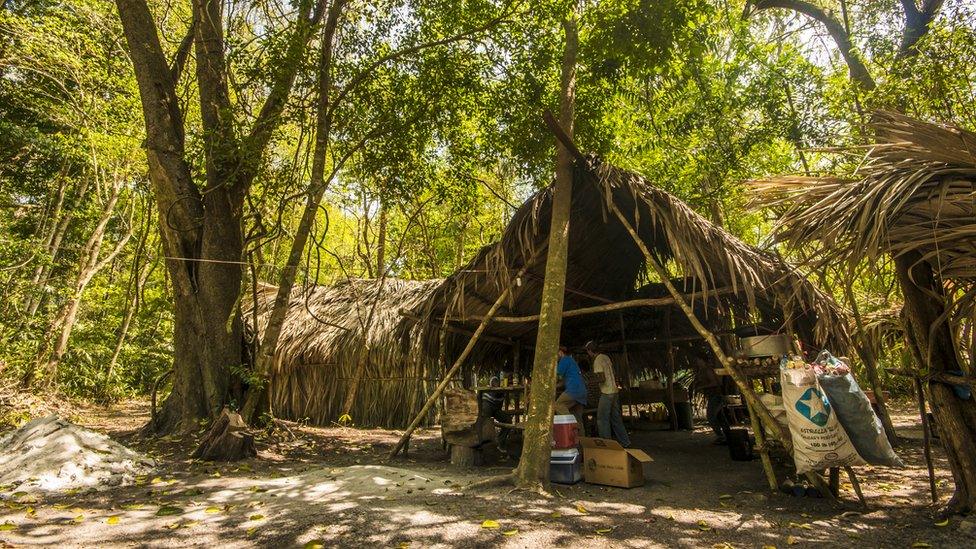
The concessions to work the forest sustainably, such as by harvesting ramón nuts, were first awarded in 1994
"Where would we go? I don't know where we would live," Mr Crasborn says. People in Carmelita have little faith in the government, he says.
"It would be very sad to see this forest just become cattle pasture after all the hard work," he adds, referring to the interest the agricultural industry has expressed in the area.

You may also be interested in:

The government stands to benefit financially from selling off the forest to private corporations and the presence of oil means the land is particularly valuable.
But the ramifications of failing to renew the community concessions would extend beyond the displacement of communities.
The forest is a vital carbon-capture tool and sustains a range of biodiversity, including the last remaining population of a subspecies of scarlet macaw.
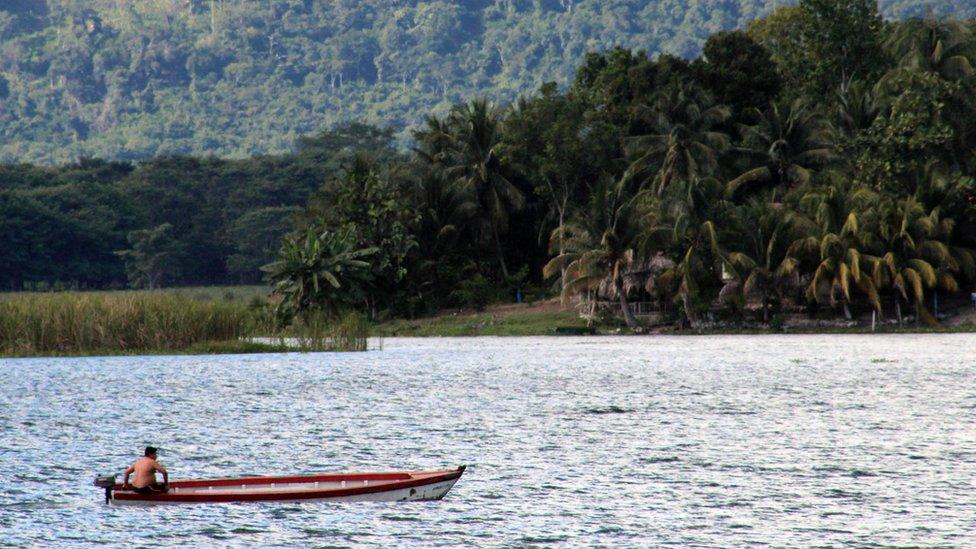
The reserve is a haven for wildlife
The reserve is home to more than 500 species of bird as well as jaguars, the endangered Baird's tapir, and many more kinds of fauna and flora.
"It's very difficult to say what will happen," said Gabriela Cordón, who works for the Rainforest Alliance, an NGO campaigning in Guatemala for the concessions to be renewed.
The BBC contacted the governmental office that authorises and renews concessions, the National Council of Protected Areas, for comment but did not receive an answer.
"The government might say 'don't worry, it will be fine', but they can change their mind. Historically that is the way our government works - there is no certainty. That is our main concern," Ms Cordón says.
"We cannot rely on the government having the communities' and forest's best interests at heart, especially when there are influential organisations that have other plans."

You may also be interested in:
In northern Ethiopia, churches are fighting to protect their sacred forests
- Published30 September 2019
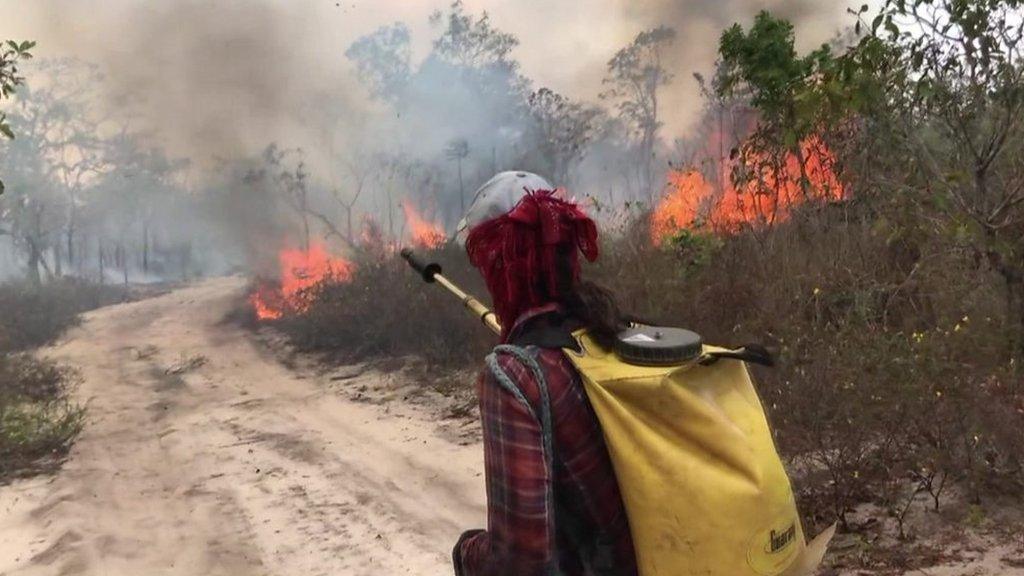
- Published6 September 2019
